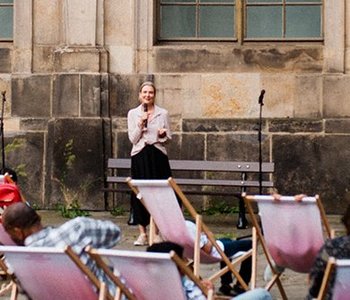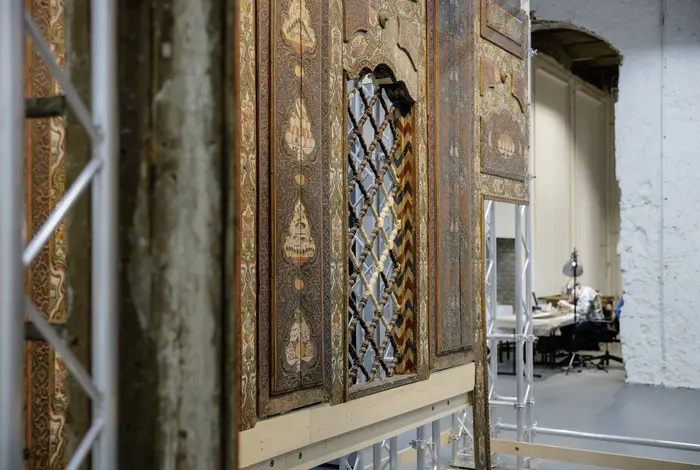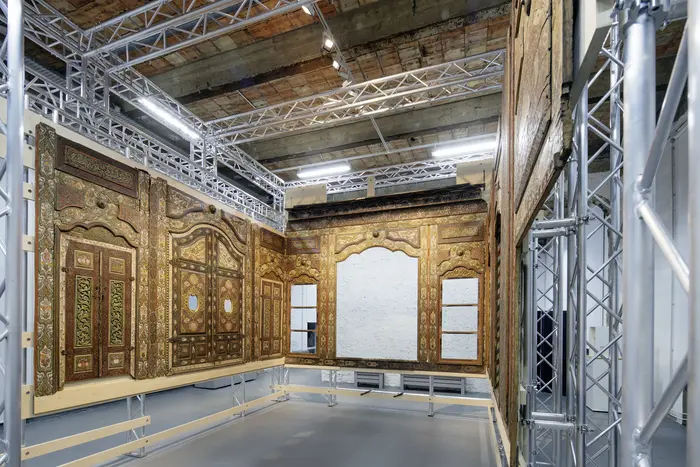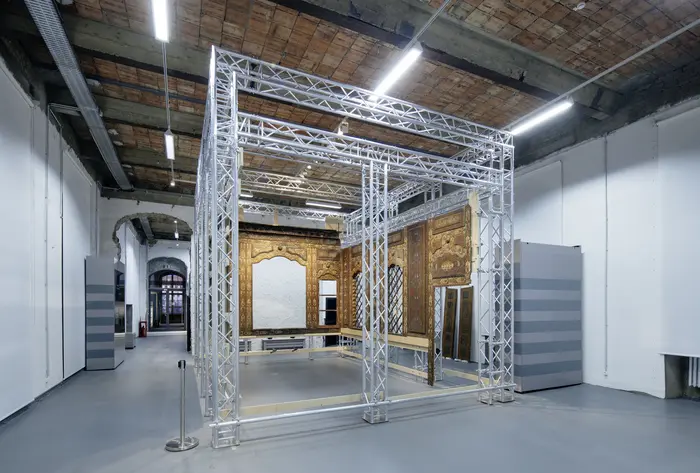[Translate to English:] Which relevance does your research project have for society?
Which relevance does your research project have for society?
In recent years, we have been observing a much rapid change of community demography – due to migration – everywhere around the world, the rise of conservatism and climate change. This is where I see museum as a public space (living up to museum usui publico patens) is very crucial in recording the change, in discussing the change and in informing the change using, by first, being inclusive and bringing the public together in a safe public space like museum.







